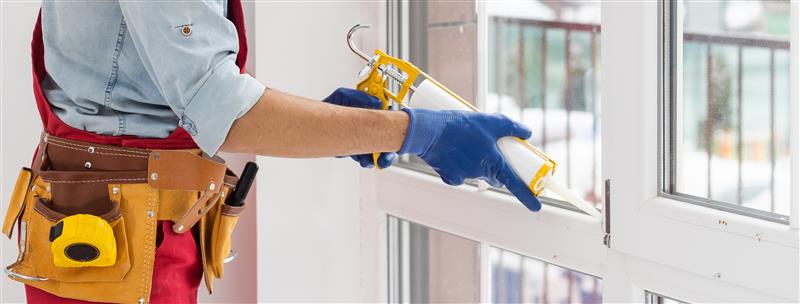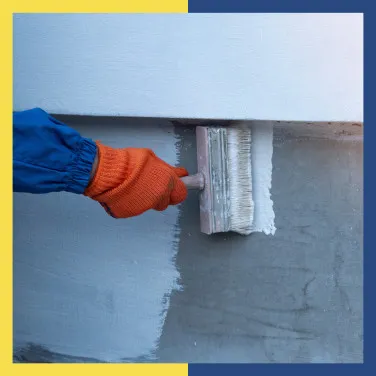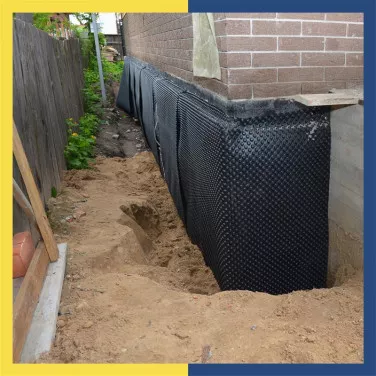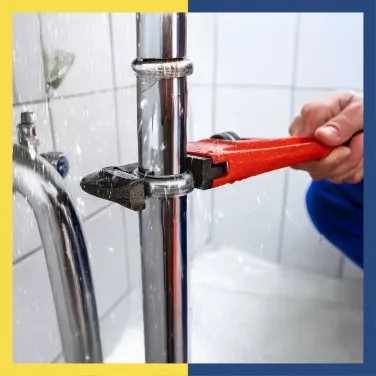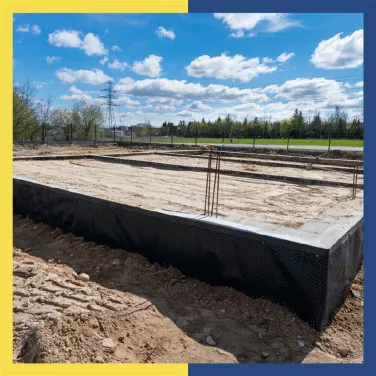Common waterproofing mistakes to avoid during home construction
Avoid costly waterproofing mistakes in home construction. Learn expert tips for durable, leak-proof waterproof housing and protect your home from damage.
When planning home construction, many homeowners prioritise aesthetics and structural strength while often overlooking a critical component—waterproofing. Yet, India's diverse climate, ranging from monsoon-prone regions to coastal and arid zones, poses unique challenges that make waterproofing in construction an absolute necessity.
Neglecting waterproofing during the initial stages of building a home can lead to costly repairs, structural damage, and even health hazards caused by mould and dampness. More importantly, integrating waterproofing from the start is a cost-effective decision—it accounts for only about 2% of the total home construction cost. In contrast, post-construction waterproofing and repairs can be significantly more expensive.
However, these efforts can be futile if they are not done properly. This is why it is crucial to avoid these common mistakes.
Common waterproofing mistakes and how to avoid them
If you are in the process of building a home, make sure to avoid these eight common waterproofing mistakes to ensure a structurally sound home construction –
- Lack of planning in the design phase
Waterproofing should be considered during the home building planning stage and not as an afterthought. Delaying waterproofing leads to structural vulnerabilities, higher costs, and water seepage issues that may be difficult and expensive to resolve later.
Architects and engineers should integrate waterproofing solutions into the blueprint to ensure long-term durability.
- Using incorrect or incompatible waterproofing materials
Different areas of a house require specific waterproofing solutions—a one-size-fits-all approach is ineffective.
For instance, basements require crystalline or cementitious waterproofing to prevent water ingress from underground moisture. Bathrooms, balconies, and verandahs need polyurethane-based waterproofing to resist frequent water exposure. On the other hand, roofs require bituminous or elastomeric waterproofing for long-lasting protection since they face direct sun, rain, and humidity.
- Relying on local shop recommendations instead of professional expertise
Many homeowners purchase waterproofing products based on general advice from local suppliers, often leading to poor choices. Always consult waterproofing professionals to ensure the correct selection of products suited to the materials and environmental conditions of the site.
- Poor application techniques
Proper application is just as important as selecting the right materials. Uneven coatings, insufficient curing time, and lack of surface preparation can all lead to failure.
Here are the steps followed by waterproofing specialists to ensure correct application- Surface preparation – Cleaning and levelling the surface to remove dust, debris, and uneven patches.
- Crack repair – Sealing all visible cracks before applying waterproofing layers.
- Applying waterproofing products – Using brushes, rollers, or sprayers as per manufacturer instructions.
- Allowing sufficient curing time – Ensuring the material bonds properly before exposure to moisture. Using unskilled labour instead of certified professionals
- Using unskilled labour instead of certified professionals
Waterproofing is a specialised process that requires expertise. Hiring uncertified workers, masons, or general contractors often results in improper application. Certified waterproofing experts follow the right techniques, ensuring long-term protection against water damage.
- Ignoring expansion joints in construction
Expansion joints accommodate structural movement due to temperature fluctuations, preventing cracks. Neglecting or failing to properly waterproof them can lead to water infiltration, compromising the building’s stability.
- Neglecting drainage systems and roof slopes
Poor drainage planning, especially on terraces and balconies, leads to water accumulation, increasing the risk of seepage. Proper roof slopes and drainage outlets allow water to flow away efficiently, preventing standing water from accelerating structural deterioration.
- Inadequate coverage of vulnerable areas
Areas like wall-floor joints, terrace gardens, and plumbing fixtures are often overlooked during waterproofing. Applying additional protective layers in these zones prevents water ingress and prolongs the building’s lifespan.
Maintenance and regular inspections
Even after successful waterproofing, ongoing maintenance is essential to ensure the longevity of the protection –
- Annual inspections – Checking for signs of cracks, damp patches, or peeling waterproof coatings.
- Prompt repairs – Address minor waterproofing failures before they escalate into costly damage.
- Reapplication of coatings – In high-exposure areas, schedule periodic reapplication of waterproofing products to ensure long-lasting and effective results.
Why waterproofing matters for new houses
Waterproofing does more than just protect the structure—it directly impacts indoor air quality and overall well-being. Waterproofing prevents mould, mildew, and dampness, reducing respiratory issues and allergic reactions. It also protects electrical systems from short circuits caused by moisture penetration, ensuring household safety.
It is advisable to opt for professionals like Dr. Fixit to ensure long-lasting protection for your new home and family for years to come.
Contact the expert for the best results
Avoiding common waterproofing mistakes ensures a structurally sound, durable, and moisture-resistant home. Proper planning, material selection, and expert execution are key to preventing costly repairs in the future. And for expert solutions and the answers to all your queries, Dr. Fixit is here. For professional waterproofing, reach out to Dr. Fixit by filling out the form given below.
Get Professional Waterproofing Solutions Today
Fill The Form below to took free site evaluation by Dr. fixit point safe painting service expert
Get Professional Waterproofing Solutions Today
Fill The Form below to took free site evaluation by Dr. fixit point safe painting service expert





